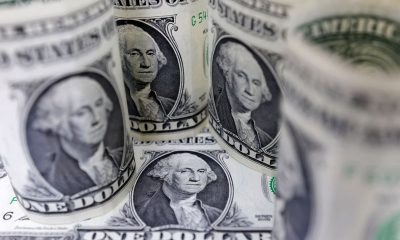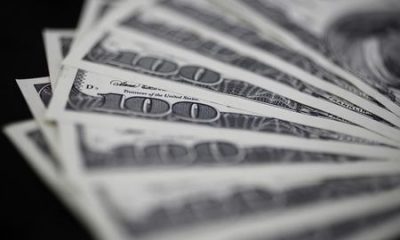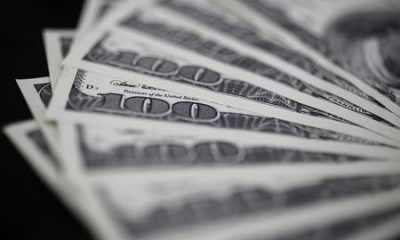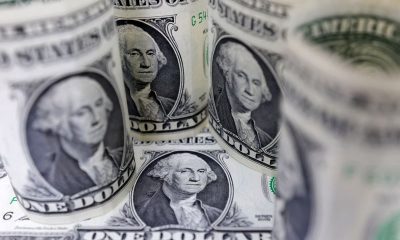Forex
Dollar in demand on rate cut delay concerns, rising risk aversion
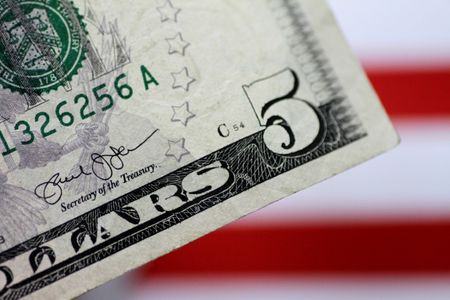
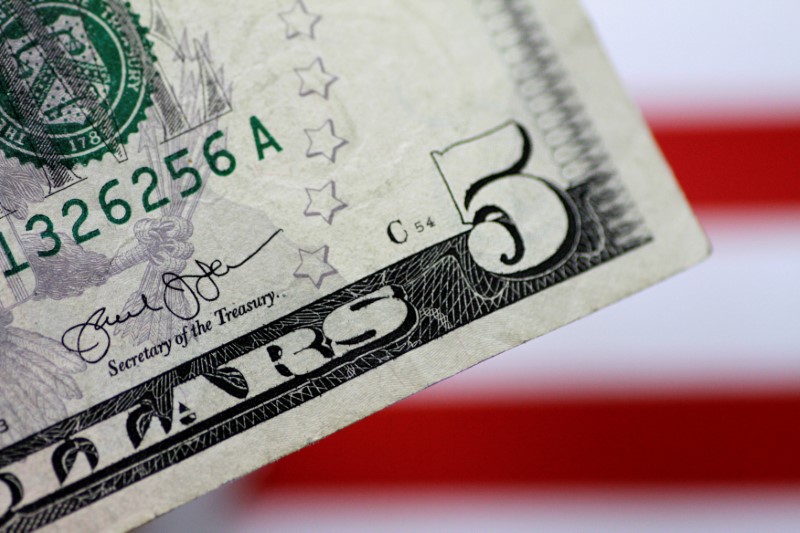
© Reuters.
Investing.com – The U.S. dollar climbed higher in early European trade Tuesday, with risk sentiment hit by increased tensions in the Middle East as well as concerns that the Federal Reserve may delay interest rate cuts .
At 04:40 ET (09:40 GMT), the Dollar Index, which tracks the greenback against a basket of six other currencies, traded 0.8% higher at 102.955, after having gained 0.2% overnight in subdued trading during a U.S. public holiday on Monday.
Dollar boosted by risk aversion
Raised tensions in the Middle East have supported the U.S. dollar, after the Houthi group said on Monday it will expand its targets in the Red Sea region to include U.S. ships after the U.S. and British strikes on its sites in Yemen.
However, the main driver of late has been expectations of when the will start cutting interest rates, in effect saying the battle against inflation has been won.
Hawkish comments from European Central Bank officials on Monday have caused traders to push back against the idea of early rate cuts globally.
Attention now turns to a speech by Fed Governor later on Tuesday, an influential member of the central bank’s policy-setting committee.
“Recall that he delivered the definitive and market-moving “something appears to be giving” speech in late November,” said analysts at ING, in a note. “The speech provided an important lead indicator for the Fed’s dovish turn at the December FOMC meeting.”
Sterling retreats after weaker average earnings growth
In Europe, fell 0.5% to 1.2658 after the release of labor data which showed that growth in fell to 6.6% in November, a fall from 7.2% the prior month.
This will be received positively by the Bank of England, as they try to rein in one of the highest inflation rates in the G7, but Wednesday’s release will probably be of more importance.
This is expected to fall to 3.8% on an annual basis, a small fall from 3.9% in November, still way above the central bank’s 2% medium-term target.
dropped 0.5% to 1.0896, with being confirmed at 3.7% on an annual basis in December, a jump from 3.2% the previous month.
“It’s too early to talk about cuts, inflation is too high,” ECB’s Joachim Nagel said on Monday, adding that the mistake of lowering interest rates too early should be avoided.
The euro is struggling to benefit from the hawkish talk though, as the German economy, the eurozone’s largest, is struggling under the weight of the series of interest rate hikes.
The German economy is likely to grow by just 0.3% in 2024, according to the country’s BDI industry association, while forecasting that the global economy will expand by 2.9%.
“The economy is at a standstill in Germany. Compared to most other major industrialised countries, our country is falling further behind,” said BDI president Siegfried Russwurm. “We don’t see any chance of a rapid recovery in 2024.”
Yuan falls to one-month low
In Asia, rose 0.3% to 7.1922, with the yuan retreating to an over one-month low against the dollar, as traders remained largely averse to Chinese assets amid continued concerns over an economic recovery.
Focus was now squarely on fourth-quarter data, due on Wednesday, for more cues on the economy.
traded 0.5% higher to 146.49, after data showed Japanese inflation remained soft in December, coming just a few days before data, which is also expected to show inflation remaining languid.
Forex
BofA sees potential for further USD selling by CTAs
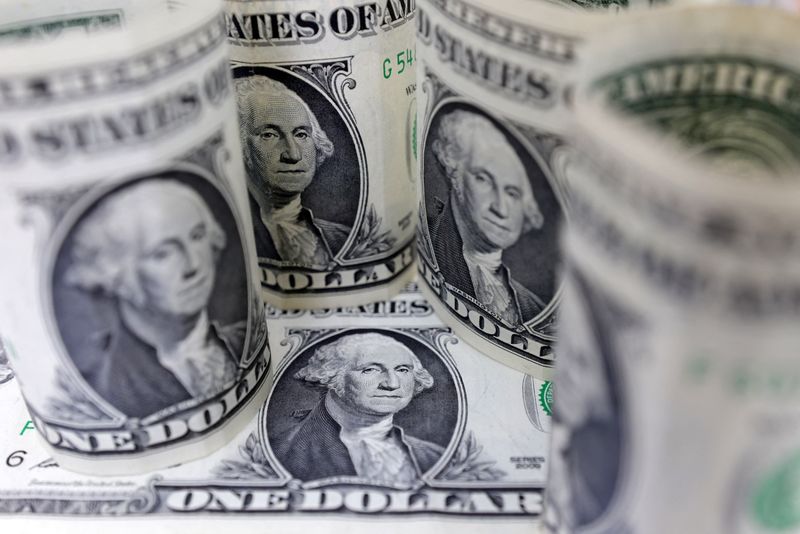
On Monday, Bank of America (BofA) provided insights into the potential actions of Commodity Trading Advisors (CTAs) in the coming week.
According to BofA, CTAs might continue to sell the U.S. dollar (USD) against most currencies following a trend that emerged after the Consumer Price Index (CPI) report led to a weakening dollar. The bank’s models indicate that USD long positions have been reduced this week.
The bank’s analysis suggests that in the foreign exchange (FX) market, CTAs are likely to persist with short covering in the euro (EUR), British pound (GBP), and Canadian dollar (CAD).
Additionally, there is an expectation for CTAs to increase their recently established long positions in the Australian dollar (AUD) and potentially initiate a long position in the Mexican peso (MXN), given the positive trend strength for the peso.
In the commodities sector, despite an increase in the price of gold last week, the trend for the precious metal declined, prompting CTAs to sell, albeit at a slower pace. BofA anticipates that this trend of selling gold and oil will continue into the next week.
The analysis also noted that CTAs’ long positions in are nearing extremely high levels, while long positions in aluminium are being unwound. In contrast, soybeans are experiencing short covering.
The bank’s report serves as a gauge of how trend-following traders might adjust their portfolios in response to market movements.
This article was generated with the support of AI and reviewed by an editor. For more information see our T&C.
Forex
BofA sees further dollar depreciation, expects G10 FX to stay in range
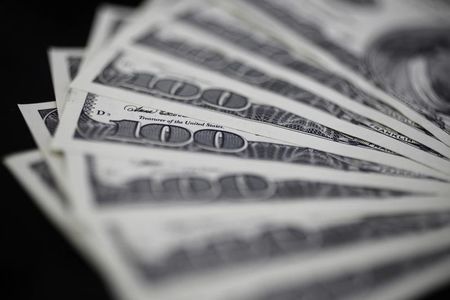
On Monday, Bank of America (BofA) analysts provided insights into the current state of G10 foreign exchange (FX) markets, noting a general sentiment of disappointment among investors due to the markets’ lack of volatility.
Despite a recent reversal in the U.S. dollar (USD), major currency pairs have not moved significantly, staying within their established ranges. BofA anticipates further depreciation of the USD, yet it emphasizes that the currency’s movements are expected to remain close to year-end consensus forecasts.
The analysis highlighted that while markets have expressed a desire for more excitement in G10 FX trading, they must come to terms with the inherent trade-off between carry trade opportunities and higher volatility. Carry trades, where investors borrow in low-yielding currencies to invest in higher-yielding ones, have been identified as a dominant trend post-global financial crisis.
However, this strategy tends to reduce market volatility, leading to what BofA describes as an “uninspiring” and “stuck in the mud” trading environment.
BofA’s commentary suggests that the pursuit of carry as a passive strategy has been a factor in dampening volatility in the FX markets. The firm underscores that investors should not expect both high carry returns and high volatility, as these market conditions are typically mutually exclusive. The lack of clear fundamental trends in G10 FX has been a source of frustration for markets, but the current trend of carry is clear, even if it leads to lower volatility.
The analysts also touched upon the anticipation around the next batch of U.S. data, which many investors hope might shift the narrative. However, BofA indicates that such expectations may be overly optimistic. The firm’s message to the markets is to adjust expectations and accept the current dynamics, with the USD continuing to play a central role in the G10 FX space.
In summary, BofA’s analysis points to a continuation of the recent patterns in G10 FX markets, with a slight downward trend in the USD value but within the bounds of recent trading ranges.
This article was generated with the support of AI and reviewed by an editor. For more information see our T&C.
Forex
Narrow dollar range likely to remain for now – Goldman
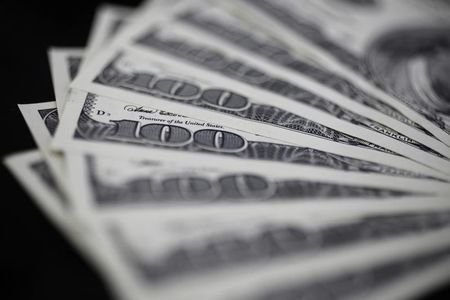
Investing.com – The U.S. dollar is trading in a calm fashion against the majors of late, and these narrow ranges will likely stay for a while longer, according to Goldman Sachs, with divergence having to wait.
AT 05:20 ET (09:20 GMT), the Dollar Index, which tracks the greenback against a basket of six other currencies, traded unchanged at 104.330, steadying after losing around 1% last week in the wake of soft U.S. inflation data.
“We think there is only limited room for the market to press Dollar shorts on the back of the inflation news,” said analysts at Goldman Sachs, in a note dated May 17.
“After all, while the prints were mostly in line with expectations, they were not in line with the target. As a result, the news does not change the policy outlook much beyond reinforcing the recent rhetoric.”
The subsequent market response has been reminiscent of the post-March FOMC FX reaction, when the response to ‘dovish dots’ stalled not because of fresh data, but instead because FX is still a relative game, and the Dollar fundamentals have not shifted much, the investment bank added.
And, this time around, we think the rally in front end rates looks more consistent with cyclical concerns rather than dovish expectations.
“That matters for FX because there is a narrow path for the Dollar to depreciate on a broad basis when growth is softening,” the bank added. “This is especially true in the current environment when faster Fed cuts would likely be met with easier policy abroad as well.”

 Forex2 years ago
Forex2 years agoForex Today: the dollar is gaining strength amid gloomy sentiment at the start of the Fed’s week

 Forex2 years ago
Forex2 years agoHow is the Australian dollar doing today?

 Forex1 year ago
Forex1 year agoUnbiased review of Pocket Option broker

 Forex2 years ago
Forex2 years agoDollar to pound sterling exchange rate today: Pound plummeted to its lowest since 1985

 Cryptocurrency2 years ago
Cryptocurrency2 years agoWhat happened in the crypto market – current events today

 World2 years ago
World2 years agoWhy are modern video games an art form?

 Stock Markets2 years ago
Stock Markets2 years agoMorgan Stanley: bear market rally to continue

 Economy2 years ago
Economy2 years agoCrude oil tankers double in price due to EU anti-Russian sanctions

